Zika research advances quickly
More than a quarter of a million Americans are living with spinal cord injuries. Spinal cord damage can lead to serious disabilities, including paralysis. In a proof-of-concept study, electrical stimulation of the spinal cord helped 2 people with quadriplegia improve voluntary movement and use of their hands. The study represents the first step in using the approach to improve hand function for people with cervical spinal cord injury.
Ear infections are the most common reason parents bring their children to the doctor’s office. Infections are often treated with a 7–10 day course of oral antibiotics. But getting young children to take the medication can be difficult. Researchers designed an easier way to administer ear infection medication by engineering a gel to deliver antibiotics directly into the ear. This method was used to successfully treated ear infections in chinchillas.
Prostate cancer is the second most common cancer in men in the United States. More than half of prostate cancers don’t become life-threatening, but doctors don’t have a way to reliably predict which will likely to cause problems. Researchers discovered biomarkers in urine samples that were unique to 2 different prostate cancer stages. The findings suggest a noninvasive way to diagnose prostate cancer and assess tumor progression.
Gene editing shows promise in different disease models
Opioids are a class of powerful pain-relieving drugs that are generally safe when taken for a short time and as prescribed by a doctor. However, they’re frequently misused because they also produce euphoria. Researchers used computer simulations to screen millions of molecules for opioid-like pain-relieving properties. The analyses allowed them to create a molecule that effectively alleviates pain in mice, but with fewer side effects than the opioid morphine.
High-density lipoproteins (HDL) are thought to help remove cholesterol from the body. Higher levels of HDL have been associated with a lower risk of cardiovascular disease. However, scientists discovered a genetic mutation that raises HDL cholesterol levels but also increases the risk for heart disease. The findings suggest that levels of HDL cholesterol may not be as important as how well it functions to remove cholesterol from the body.
Many traditional models for assessing health in older adults focus on disease. However, health is more than just the absence of disease. It also includes your physical, psychological, and social well-being. Researchers developed a “comprehensive model” to assess health that includes measures of health behaviors; psychological health; sensory function; and frailty. The findings may help doctors better assess and manage the quality of life and health of older adults.

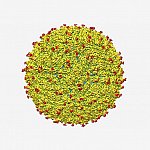

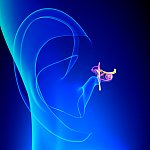

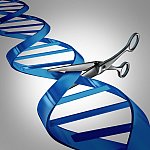
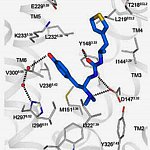
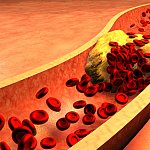























.png)











No hay comentarios:
Publicar un comentario